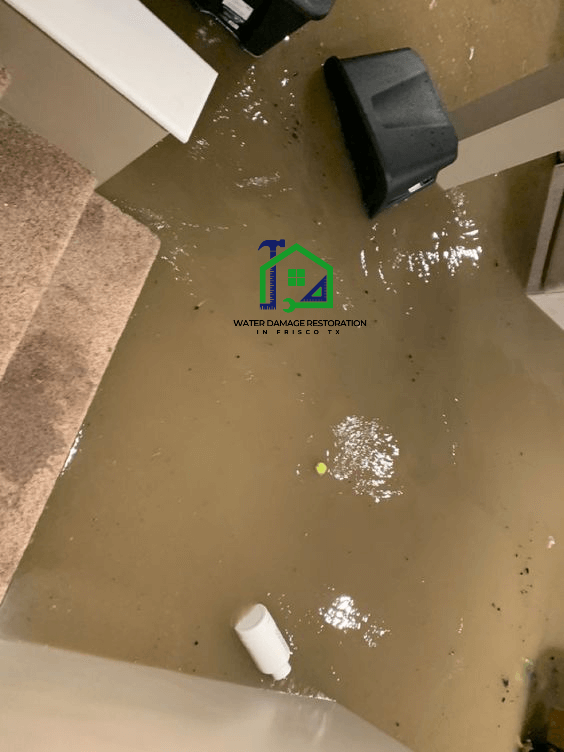Stock Market Data
Technical Analysis
Top Trending stories

Maintenance Tips for Long-Lasting Block Paving
Maintaining block paving in Southampton requires regular upkeep to keep it looking great and extend its lifespan. Key maintenance tips include sweeping away debris to prevent stains and moss, pressure washing annually with suitable cleaners, and re-sanding joints to stabilize the blocks and prevent weed growth. Weeds should be managed with herbicides or by re-filling joints with polymeric sand. Stains and spills should be addressed quickly with appropriate cleaners, and cracks or damage should be repaired promptly to avoid further deterioration. Regular inspections, water drainage management, and prompt cleaning and repairs help preserve the appearance and durability of your block paving.
Southampton, Hampshire, United Kingdom, 3rd Oct 2024 - Keeping your block paving in Southampton looking great for years is all about regular upkeep. Start by sweeping away leaves and debris to prevent stains and moss growth. Once a year, give it a thorough clean with a pressure washer and use a suitable cleaner to tackle stubborn spots. Re-sand the joints to keep the blocks stable and prevent weed growth. If you notice any cracks or uneven areas, address them promptly to avoid bigger issues. A little bit of maintenance goes a long way in preserving the beauty and functionality of your paving.
Routine Cleaning Techniques
Regular cleaning is crucial to maintaining the appearance of your block paving. Start by sweeping the surface to remove loose debris, which helps prevent the buildup of grime and moss. For a deeper clean, use a pressure washer once a year, applying a suitable paving cleaner to tackle stubborn stains and algae. Avoid harsh chemicals that can damage the blocks and surrounding vegetation. Regular cleaning not only keeps your paving looking fresh but also helps to prevent long-term damage and deterioration.
Maintaining the cleanliness of your block paving is essential for both its appearance and longevity. Start with regular sweeping to clear away leaves, dirt, and debris, which can trap moisture and lead to moss and algae growth. Aim to sweep the surface at least once a week to prevent buildup. For a deeper clean, use a pressure washer once or twice a year, depending on how dirty your paving gets. When pressure washing, use a fan nozzle and keep the pressure moderate to avoid damaging the blocks or forcing water into the joints. Additionally, apply a specialized paving cleaner to tackle stubborn stains and organic growth.
Addressing Weed Growth
Weeds can quickly take over block paving if not managed properly. To prevent weed growth, apply a weed killer to the joints between blocks, ensuring it's suitable for paving and won't damage the surface. Regularly check for and remove any weeds that do appear to stop them from spreading. Using polymeric sand to fill the joints can also help, as it hardens and prevents weeds from taking root. Effective weed management keeps your paving looking tidy and extends its lifespan.
Weeds can quickly become a nuisance in block paving, disrupting its appearance and potentially damaging the surface. To effectively manage weed growth, start by applying a pre-emergent weed killer to the joints between the blocks. This type of herbicide prevents weed seeds from germinating and taking root. Choose a product that's specifically designed for use on paving to avoid any adverse effects on the blocks or surrounding areas. Additionally, you can use a weed torch or a hot water solution to target existing weeds. Simply heat the weeds until they wilt, then remove them by hand. Regular maintenance is key: inspect your paving periodically for new weed growth and address it promptly.
Re-Sanding the Joints
Over time, the sand between the blocks can wash away or settle unevenly. Re-sanding the joints helps maintain the stability and appearance of your paving. Begin by sweeping out any old or loose sand, then apply new jointing sand, making sure it's evenly distributed and filled to the top of the joints. Lightly compact the sand to ensure it settles well. This process not only enhances the visual appeal but also prevents block movement and weed growth, ensuring a durable paving surface.
Re-sanding the joints of your block paving is an important maintenance task that helps ensure the stability and longevity of the surface. Over time, the sand that fills the gaps between the blocks can be displaced by weather, foot traffic, or cleaning activities, leading to uneven surfaces and potential weed growth. Start by thoroughly cleaning the joints to remove any old, loose sand and debris. This can be done with a broom or a vacuum designed for outdoor use. After cleaning, apply a fresh layer of jointing sand, making sure to fill the gaps completely. Use a broom to spread the sand evenly across the surface and ensure it gets into all the joints.
Dealing with Stains and Spills
Stains from oil, food, or other substances can mar the look of your block paving. Address spills promptly by blotting up any excess liquid with a clean cloth. For oil stains, use a degreaser or a specialized paving cleaner, following the manufacturer's instructions. For stubborn stains, a combination of a pressure washer and cleaning solution may be necessary. Regularly inspecting your paving and treating stains quickly will help maintain its appearance and prevent long-term damage.
Stains and spills can disrupt the pristine appearance of your block paving, but timely action can often prevent lasting damage. When a spill occurs, quickly blot up any excess liquid with a clean cloth or paper towels to minimize absorption. For oil or grease stains, start by applying a degreaser specifically designed for paving. Follow the manufacturer’s instructions and scrub the area gently with a brush to lift the stain. If the stain persists, a pressure washer can be used in conjunction with a suitable paving cleaner, but ensure you use the washer at a moderate pressure to avoid damaging the blocks or joints
Repairing Cracks and Damage
Cracks and damage in your block paving should be repaired as soon as they’re noticed to prevent further issues. For minor cracks, clean the area and fill with a suitable joint filler or mortar. For more significant damage, you might need to remove and replace individual blocks. Ensure the base underneath is stable before replacing any blocks to prevent recurring problems. Regular inspections and prompt repairs will help keep your paving in top condition and prevent the need for costly replacements.
Preventing Water Damage
Water can cause significant damage to block paving if not managed properly. Ensure that your paving has a slight slope to direct water away from the surface and prevent pooling. Check and maintain any drainage systems to ensure they are functioning correctly. During heavy rains, avoid walking on the paving if it's saturated to prevent further damage. Proper water management helps prevent erosion and cracks, preserving the longevity and stability of your block paving.
Conclusion
Regular maintenance is essential to ensure the longevity and pristine condition of your block paving. By following these simple tips—cleaning regularly, addressing stains promptly, and sealing your paving—you can enjoy a beautiful and durable surface for years to come.
For homeowners in Southampton, Test Valley Driveways is here to provide expert advice and professional services to help maintain your block paving. Trust us to keep your driveway looking its best with our reliable and efficient solutions.
Test Valley Driveways ltd
15 Rockstone Pl, Southampton SO15 2EP, United Kingdom
+442381449720
https://testvalleydrivewayslimited.com/
Media Contact
Organization: Test Valley Driveways ltd
Contact Person: Test Valley Driveways ltd
Website: https://testvalleydrivewayslimited.com/
Email: Send Email
Contact Number: +442381449720
Address:15 Rockstone Pl, Southampton SO15 2EP, United Kingdom
City: Southampton
State: Hampshire
Country:United Kingdom
Release id:17853
The post Maintenance Tips for Long-Lasting Block Paving appeared first on King Newswire. It is provided by a third-party content provider. King Newswire makes no warranties or representations in connection with it.
Disclaimer: The views, recommendations, and opinions expressed in this content belong solely to the third-party experts. This site was not involved in the writing and production of this article.







